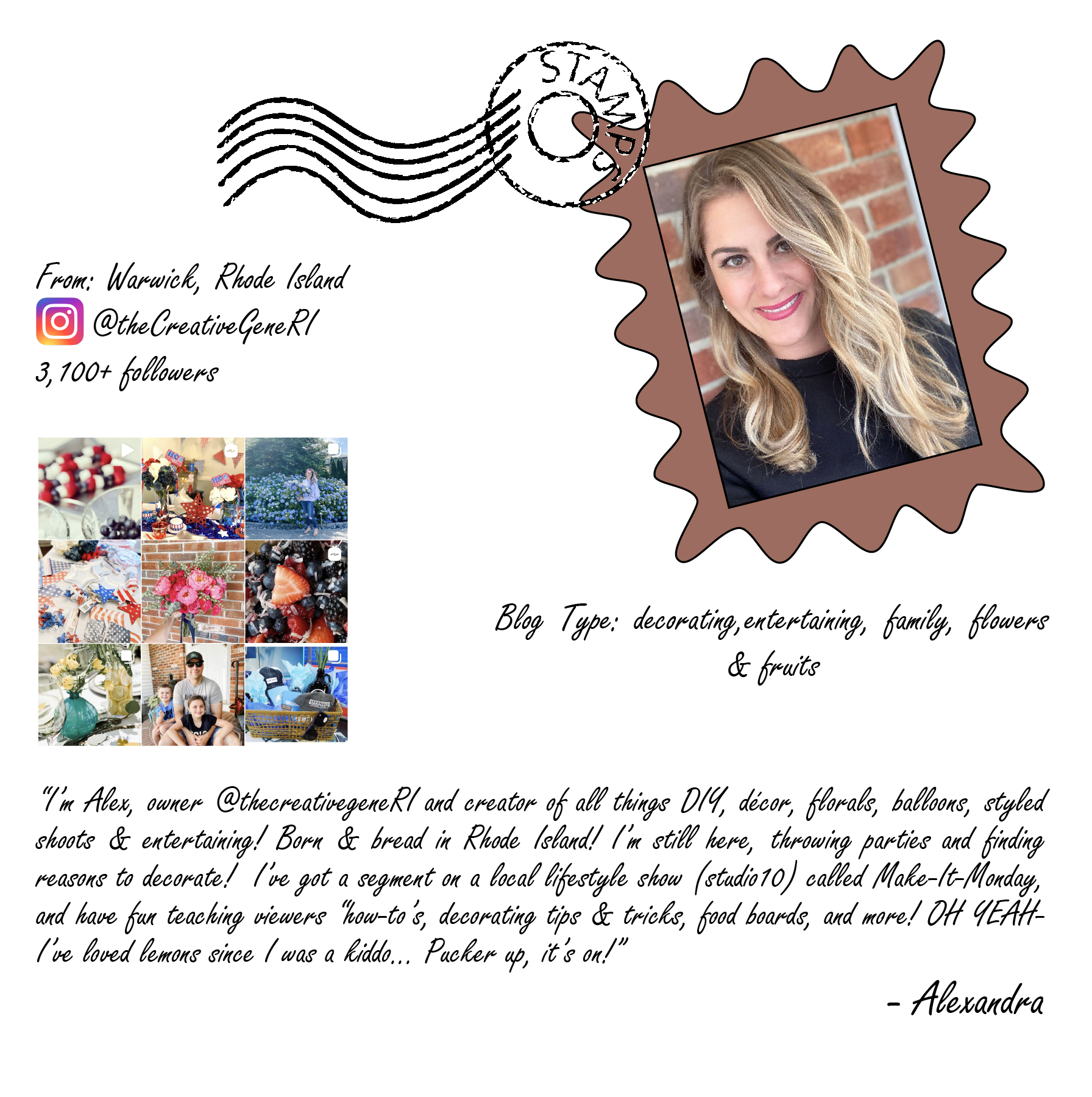As much as we love composting, citrus peels are too valuable to be tossed.
Lemons, limes, grapefruits, oranges, clementines, or any of your other favorite citrus fruits can be used in their entirety. The peels may carry even more nutritional benefits than the fruit inside: just one tablespoon of orange peel supplies 3x more vitamin C than the fruit, and 4x more fiber. They can be candied, incorporated into beverages, zested over your favorite dishes, or even used to start a summer campfire. If you plan on eating the peel, however, be sure to buy organic fruit.
As much as 40% of our national food supply is wasted, but there are plenty of ways to keep these rinds out of the trash.
1. Spice Up a Beverage

To add some extra flavor and zest to tea, liquor, or wintery mulled beverages, dry your own lemon, orange, tangerine, or other citrus peels to add to the mix.
Peel the fruit, leaving the pith – the bitter white substance between the peel and the fruit – behind. Leave the strips on a plate in a warm, sunny area with their insides facing upwards until crisp (about 2-3 days). If you’re short on time, the peels can also be dried in the oven. Spread them on a parchment-lined baking sheet and bake for 25-30 minutes at 200ºF.
The dried peels can be used for all sorts of beverages; to make a citrusy tea, mince the peels, then mix with black tea and other desired spices such as cardamom, lavender, cloves, cinnamon, and ginger. They also add excellent flavor to mulled wine or cider.
Wrap a fresh peel around the end of a wooden spoon to make classic citrus twists to garnish cocktails, or make your own cocktail bitters with dried orange peels. Make the alcohol infusion in a pint-sized jar with grain alcohol and desired botanicals (including dried orange peels), shaking daily for 14 days. Strain the infusion and add to aromatic water, made by simmering the same orange peel and botanical mixture, straining, and letting rest for 5 days, shaking daily. Add caramelized sugar to the alcohol and water mixture, strain one last time, and store for up to one year.
2. Make Candied Peels
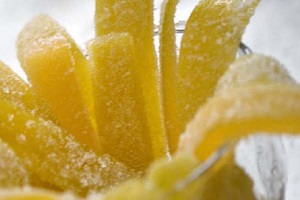
Making succade – or candied citrus peel – is an easy way to preserve and repurpose peels.
Remove the peel from 2 oranges – including the pith – and cut into strips. Boil for 15 minutes, drain, rinse, and drain once more. Meanwhile, combine 3 cups of water and 3 cups of sugar in a saucepan and bring to a boil. Add the peels, bring to a boil again, then reduce the heat and simmer for about 45 minutes until the peels are soft. Toss the coated peels in another cup of sugar, then separate on foil to dry for a day or two.
The final product can be eaten on their own as a snack, used to garnish a dessert or cocktail, or chopped up to use for baking.
3. Use in Homemade Cleaning Products
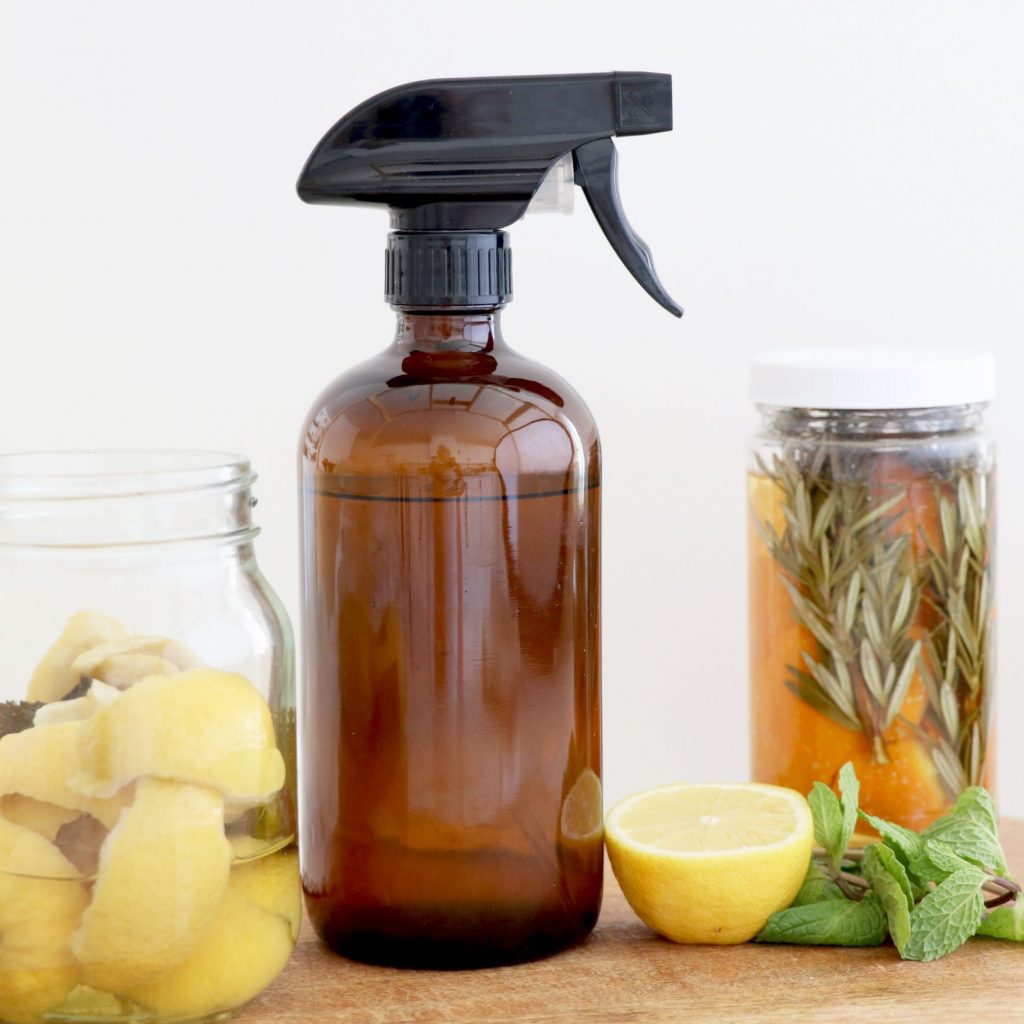
D-Limonene – a natural compound found in citrus peels – is a very effective cleaner.
Make your own simple surface cleaner with only vinegar, water, and lemon. As you accumulate leftover lemon rinds, store them in a jar in the refrigerator filled with vinegar. Let the mixture sit for at least two weeks once it’s full of rinds, shaking it daily. Remove the lemons and strain the infused vinegar to take out any stray particles. Pour the solution directly into a spray bottle, or create a 1:1 ratio mixture with water for a less potent cleaner. Use the spray to clean greasy kitchen counters, bathroom surfaces, etc., but take care to avoid using on marble or stone, as the acidity in the lemons can cause damage.
While this surface cleaner can be used to clean out the inside of a microwave, for a more immediate solution, fill a bowl with water and lemon peels and microwave for about 5 minutes, or until the water is boiling. Allow the steam to fill the microwave for a few minutes before opening the door and wiping down the surfaces with a cloth.
To de-oderize a kitchen dish disposal, freeze peels in an ice cube tray with water and when it’s time for a clean, toss one down the drain and flip the switch, or freshen up the fridge by simply leaving a small bowl of peels on a shelf to spread their scent.
4. Build Citrus Fire Starters
Orange peels, surprisingly, make excellent fire starters – and will leave your house smelling citrusy and fresh!
Simply leave the skins on a cookie sheet until dry, then toss into the fire with the rest of the kindling. The oil on the skins fuels the fire and can replace paper as a waste-free fire starter.
Store the peels in a paper bag with a silica packet if you aren’t ready to use them right away.
5. Add Flavor to Dishes

With so much flavor in the rind of citrus fruits, it would be a shame to waste it.
Add the peels or slices of already-juiced fruits directly to the pot/pan to infuse their flavor into a meal while it’s cooking. Try adding limes to taco filling or rice, oranges to roasted root vegetables, and lemon to pasta dishes. Remove the peels from the pan before serving. If you don’t need the rinds right away, freeze them whole for future use.
Zest is the most common way to add citrusy flavor to dishes. Use a citrus zester, Microplane, the side of the grater with the smallest holes, or a vegetable peeler to season baked goods, dressings, and side sauces.
6. Make Your Own Essential (and Non-Essential) Oils
Oranges work especially well for making essential oils. Remove as much of the pith as possible, allow the peels to dry for a few hours, cut into small pieces (or grind them into a dry paste in a food processor, if you have one), and place in a jar with vodka. Shake the jar a few times a day for at least three days before straining the liquid, then leave the jaw uncovered to allow the alcohol to evaporate, which should take roughly 12 hours. You’ll be left with about one ounce of essential oil to use in a diffuser, rub directly onto the skin, add to bath water, etc.
Alternatively, infuse cooking oil with orange or lemon zest to easily add flavor to dishes; this can also be done ahead of time when you have extra peels on hand, and saved for the future. Combine three tablespoons of zest with a cup of your favorite cooking oil in a glass jar. After two weeks (shaking occasionally), strain the zest, and use the oil for dipping bread, tossing a salad, or cooking on the stove.
7. Freeze or Dry Zest for Later
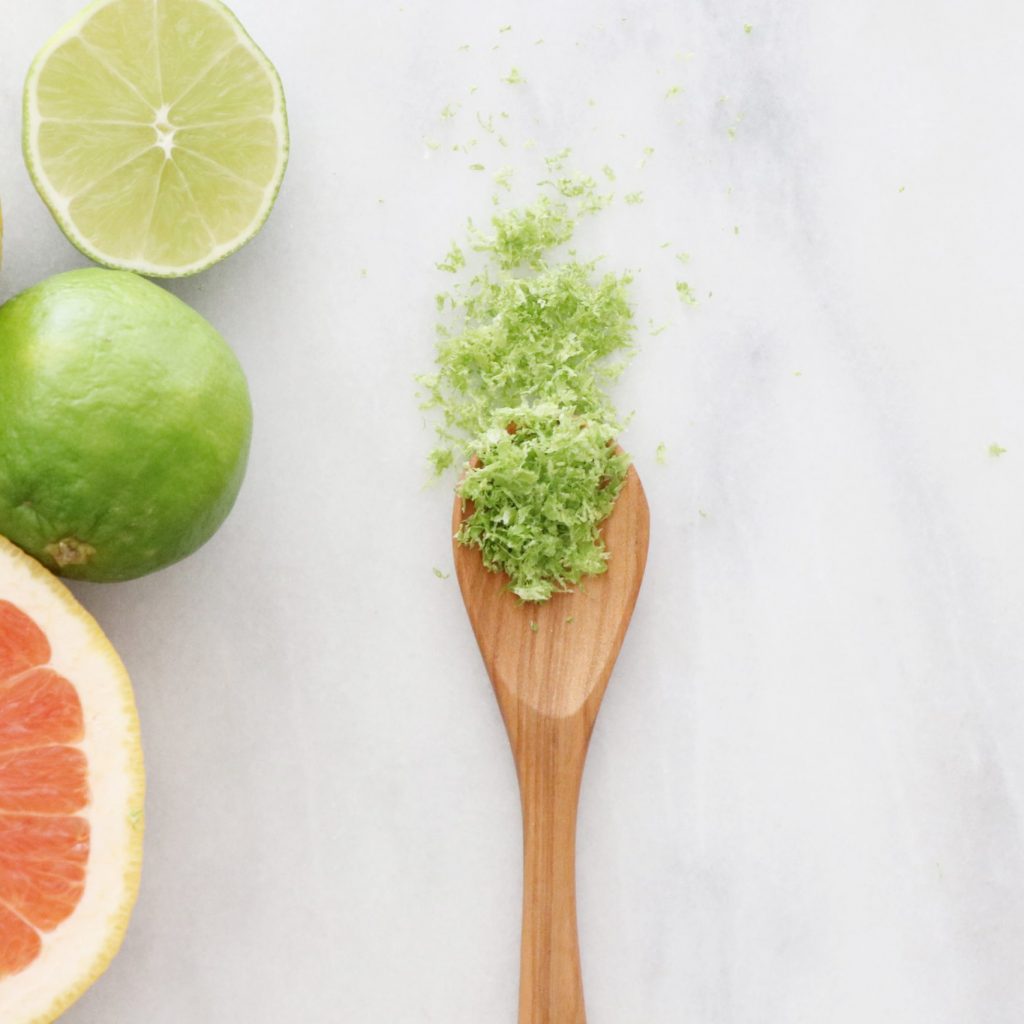
Rather than buying a whole lemon every time you need zest, freeze or dry it ahead of time to have on hand when you need it.
Before juicing a lemon, zest the peel onto a plate. Freeze the zest in a container or an ice cube tray for convenient use later on, popping out single portions that can be thrown right into the pan.
For recipes that call for zest as a garnish, keep a stock of dried zest that can be sprinkled on top. Spread the fresh shavings on a cookie sheet and allow to dry completely somewhere with low humidity. Store in an airtight container in a dry, cool place. The zest will keep for a long time, but is more potent the sooner it’s used.
8. Make Lemon Sugar and Salt
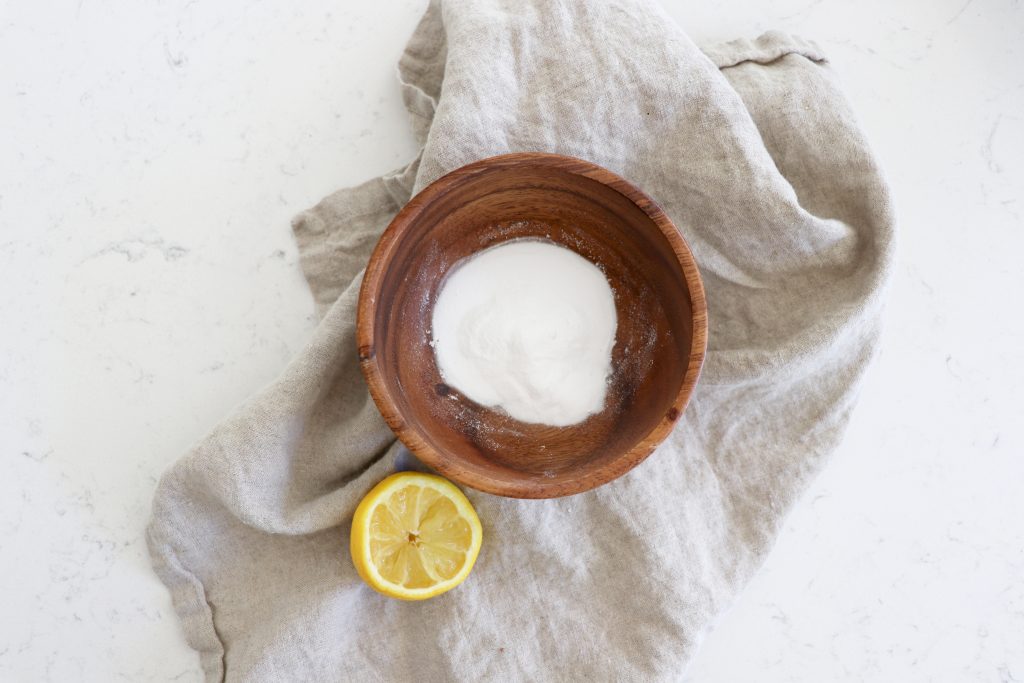
Use fresh lemon zest to make simple lemon sugar or salt.
Lemon sugar can be used in tea and fruity dessert recipes (like cake, scones, muffins, and cookies) to add some bright flavor. For every 1 Tbsp. of lemon zest, use 1 cup of sugar. Simply mix the two ingredients in a bowl and massage with your hands until completely combined and the oil is released from the zest, creating that wet-sand-like texture you’re looking for.
To make lemon salt, let the zest dry overnight before mixing it with an equal amount of course salt. The resulting citrusy salt is a complementary additive to vegetables, soup, pasta, rice, risotto, cocktails, etc.
9. Beat Back Pests
The d-Limonene that helps clean grease from your counters also helps repel pesky garden insects, including soft-bodied bugs like aphids, mealy bugs, slugs, and fungus gnats, and ants or cockroaches when spray directly on the bug.
Boil 500mL of water and add to a glass jar with orange peels. Allow the mixture to sit in a warm spot for 24 hours, then strain and add a few drops of castile soap (Dr. Bronner’s peppermint-scented castile soap works especially well). Mix thoroughly and transfer to a spray bottle using a funnel. To ward of soft-bodied pests, spray the affected plant completely; for ants and roaches, spray the bugs directly. Strengthen the solution with other bug-deterring natural ingredients like garlic and cayenne pepper, if you wish.
10. Brew Lemon Extract
Make your own lemon extract to have on hand for recipes.
Add ½ cup of vodka (80-100 proof) to the zest of 2-3 lemons in a glass jar, making sure the zest is completely covered. Keep the jar in a dark place – like the back of a cabinet or a basement shelf – for about two months, shaking the jar weekly. Strain out the particles and store the extract in a clean glass vessel, where it will stay fresh for several years.
11. Make Marmalade
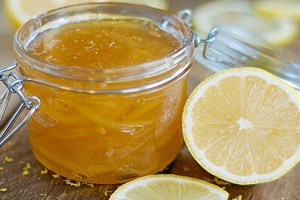
Use juiced orange halves or peels to make this delicious orange peel marmalade. The scraps are blitzed in a food processor until coarse, then mixed in a 1:1 ratio with sugar and boiled over low heat. Use the marmalade to dress up a pound cake, a bowl of yogurt, a slice of toast, or a charcuterie board.
The same process can be applied to grapefruit, lemons, limes, or any combination of citrus fruits.
12. Use for DIY Cosmetic Products
Lemon juice has a range of benefits for skin, hair, and nail care, but the peels have many advantages too.
Avoid buying products with microplastics by making your own body scrub with citrus peels. After drying out the peels, grind them in a food processor until fine. Add to your favorite soap or body wash, or to a homemade sugar scrub.
Source: EcoWatch.com



